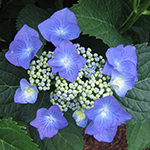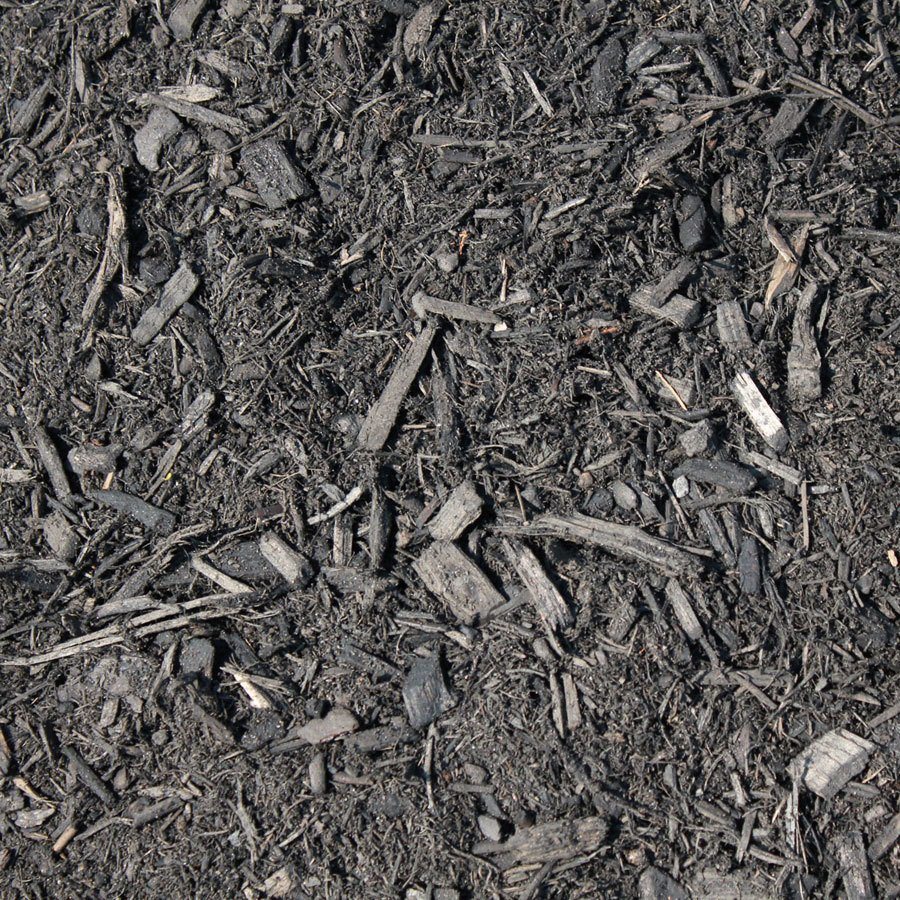
Everyone loves Hydrangeas! Who could not with their flower power and ability to out show most shrubs in your landscape? Here our guide to selecting the right hydrangea for your landscape design, plus tips on how to plant, care for, and prune one of our favorite shrubs:
- Hydrangea Overview:
- Care, Planting, & Pruning
|
- Popular Types of Hydrangea for the Landscape
|
Hydrangea Overview: Care, Planting, & Pruning
Where do Hydrangeas come from?
- Hydrangeas grow naturally in eastern Asia, eastern North America and western Central and South America.
- In the United States, the smooth hydrangea (H. arborescens) is native to the Appalachian Mountains.
- Oakleaf hydrangea (H. quercifolia) grows naturally in the Piedmont region of the southeastern part of the country.
- Bigleaf Hydrangea, like Endless Summer Hydrangea (H. macrophylla) is from Eastern Asia such as Japan.
- Lacecap Hydrangeas, like the 'Lady in Red' Hydrangea, are also in the macrophylla species.
General Characteristics of Hydrangea:
- The genus Hydrangea includes flowering shrubs, small trees and climbing plants, all of which prefer moist and temperate growing conditions.
- Conditions in the eastern, southeastern and northwestern states are suitable for growing hydrangeas.
- The rounded, flat-topped or pyramidal hydrangea flowers are generally conspicuous, borne freely, long lasting and often highly decorative.
- Rounded flowers are referred to as ‘Mopheads.’
- Flattened or slightly dome-shaped flowers with a ring of larger florets surrounding a cluster of small flowers are referred to as ‘Lacecaps.’
- Pyramidal flowers are often referred to as ‘Late Panicle.’
Hydrangea Flower Color:
- The flower color on some cultivars is strongly affected by the pH of the soil.
- Blue flowers found in hydrangeas are always produced in acid soils.
- Pinker shades are produced in alkaline soils.
- Be sure to check out our guide to Changing your Hydrangea Flower Color
Hydrangea Growing Conditions:
- Hydrangeas are easy to grow while offering a long lasting colorful display.
- Hydrangeas will grow in many soils.
- Best in moist soils.
- Rich loam is best.
- Light sandy soil is adequate if sufficient organic matter is added.
- Hydrangeas have few pests or diseases.
Planting and Caring for Hydrangea:
- Hydrangeas can be planted any time of the year since most are container grown.
- Field grown Hydrangeas should be planted in spring or fall.
- Taking the time to properly prepare the planting location is important!
- Plants should be mulched to retain moisture and maintain an even soil temperature.
- A general purpose fertilizer should be applied twice a year after the first year.
- Use as single shrubs in a mixed border or in a mixed shrub planting.
- May be used for groups or specimen.
Pruning Hydrangea:
- Most ‘Mopheads’ and ‘Lacecaps’ bloom on the previous year’s wood - so prune only after flowering (not before) to ensure plentiful blooms
- Endless Summer Hydrangeas bloom on old and new wood.
- Cut the stem back to the uppermost pair of new buds.
- Do not injure any new green shoots as these will provide next year’s flowers.
- To maintain the size, shape and vigor of older plants:
- One third of all the main shoots should be cut off at ground level.
- The oldest and most gnarled wood should be removed.
- Smooth, Late Panicle, and Oakleaf Hydrangeas produce flowers on the current season’s growth.
- Pruning may take place from late autumn to early spring.
- Prune Smooth Hydrangea stems back to about one foot from the ground in February or March of each year.
- Prune Late Panicle Hydrangea stems back previous season’s growth leaving only two buds at the base of each stem.
- Prune Oakleaf Hydrangea back to first pair of green buds after flowering.
- There will be fewer shoots but larger flowers.
- Without pruning, there will be more but smaller flowers.
Popular Types of Hydrangea for the Landscape
Cityline Series(Dwarf Hydrangea) |
Big Leaf Hydrangea(Popular Varieties) |
Endless Summer(Reblooming Hydrangea) |
Lacecap Hydrangea(Popular Varieties) |
|
|
|
|
|
Oak Leaf Hydrangea(N. American Native) |
Panicle Hydrangea(Hardiest Varieties) |
Smooth Hydrangea(N. American Native) |
Climbing Hydrangea(Flowering Vine) |
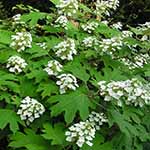 |
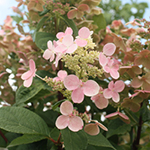 |
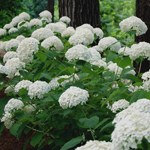 |
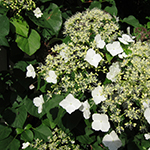 |
Information provided by Northeast Nursery Horticulture Staff


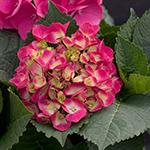
.jpg)
.jpg)
